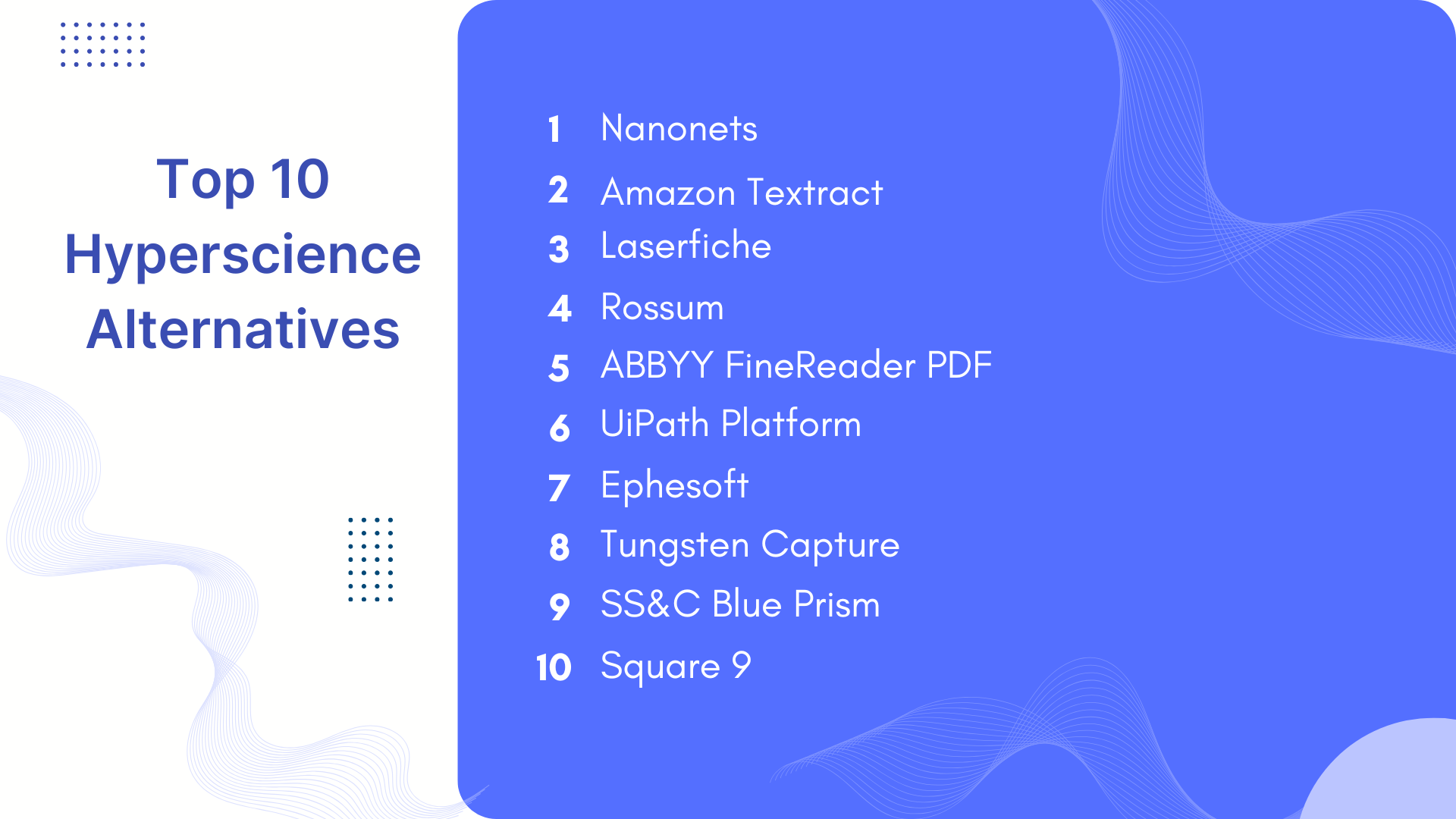Salesforce is a powerful cloud-based customer relationship management (CRM) platform that enables organizations to manage customer interactions, sales processes, and business operations effectively. It is widely regarded as the world’s leading CRM platform and has served over 150,000 paying clients in the past two decades.
At the heart of Salesforce's functionality is its robust and versatile Salesforce database largely based on Oracle. The database in Salesforce also uses features of PostgreSQL and a few other languages for its functions. In this article, we'll delve into the intricacies of the Salesforce data structure, Salesforce database architecture, and answer common questions such as what is Salesforce database and can Salesforce be used as a database.
What is Salesforce Database?
The Salesforce database is an organized collection of structured data used by Salesforce to store information about customers, sales, interactions, and various other business processes.
The storage, organization, and manipulation of such vast amounts of data require a strong, robust database. The core of the Salesforce CRM platform is the Database Class that uses a tabular technique to organize and handle data.
The Salesforce database efficiently manages vast amounts of structured data, from customer details to sales interactions, using a relational model for complex queries and reporting. It supports simultaneous access by multiple users, ensures robust security, and handles data beyond system RAM, enabling fast and seamless operations.
Salesforce Data Structure: Objects, Fields, and Records
The Salesforce data structure is designed to be highly flexible and scalable, accommodating a wide range of data types and relationships. The core components of the Salesforce data model include:
1) Understanding tables in Salesforce: Objects
In Salesforce, the relational database stores data in tables known as Objects. These tables have columns (fields) and rows (records), with multiple objects connected through unique identifiers.
Salesforce features three types of objects:
- Standard Objects: Pre-built tables like leads, accounts, and contacts.
- Custom Objects: User-created tables tailored to specific business needs.
- External Objects: For mapping data stored outside the organization.
These object types interrelate to offer flexible data management and customization for diverse business requirements.
2) Understanding columns in Salesforce: Fields
In Salesforce, fields are the columns of an object, each representing a specific data type. There are two main types of fields:
- Standard Fields: Prebuilt and common across all Salesforce objects, including:
- Identity: A 15-character, case-sensitive auto-generated field.
- System: A read-only field containing record information.
- Name: A distinguishing feature of each record, which can be text or auto-numbered.
- Custom Fields: User-created fields added to both standard and custom objects in Salesforce.
3) Understanding entries in Salesforce: Records
Records in Salesforce are the core data entries for leads, tasks, opportunities, notes, and accounts. They capture and link various business processes, reflecting interactions between users, customers, and admins, and organizing essential activities.
Salesforce Database Architecture
The Salesforce database architecture is designed on a multi-tenant model, where a single instance serves multiple clients. This architecture include:
1) Keys
Keys are unique identifiers of the columns in the tables of the database. Each table also has a unique key. So, the unique key can be used to link to other tables. The column keys and the table keys produce a massive web of tables that are interconnected. This interconnection allows for exceptional functionalities like tracking, measuring and utilizing vast volumes of customer data.
The Salesforce DB, like all relational databases, uses two kinds of keys to identify the columns in the tables:
- Primary Key: A Primary key is a column or a combination of multiple columns that uniquely identifies the record in an object. When multiple columns are used as the primary key, data from every column is used to determine the uniqueness of a record.
- Foreign Key: A Foreign key is a column or a combination of multiple columns of the table (object) that refers to the primary key of another table (object). The Foreign key may not always point to a primary key in the other table, but will always uniquely identify a row (record) in a table.
2) Relationships in Salesforce
Relationships are defined to connect the tables (Objects) in Salesforce with each other. Salesforce allows the setting up of Object relationships with custom objects. Standard objects come with prebuilt share relationships.
The Two Types of important types of Relationships in Salesforce are
- Lookup relationships: Wherein related objects are “looked up” from within the object itself.
- Master-Detail relationships: This connects a master object with a detail object, the former controlling the latter. Thus, a customer contact master object can be connected to a customer sales detail object. Deleting the detail object won’t delete the master object, but deleting the contact master object will delete the sales detail object as well.
While lookup and master-detail are the main types of relationships used in Salesforce objects, other relationships are also used for sharing, deleting and accessing data. Some relationships types used in the Salesforce Database are Many to One, Many to Many, External lookup, Self and Hierarchical.
3) Schema Builder
Schema builder is a tool used to visualize, understand, and edit data models. It can help create fields and objects. It provides a clear visualization of the data flow within the system.
Key Features of Salesforce Database
The Salesforce db is a powerful tool designed for advanced business data management, offering a range of features and custom services. Key features include:
- Multi-Tenant Architecture: Stacked layers ensure consistent functionality and scalability as your enterprise evolves.
- Customizable Schema: Tailor the database with custom objects and fields to meet specific needs.
- Advanced Querying: Utilize SOQL (Salesforce Object Query Language) and SOSL (Salesforce Object Search Language) for complex searches and queries.
- Seamless Data Sharing: APIs enable rapid data exchange across components, enhancing integration capabilities with other systems.
- Security and Compliance: Robust security features and adherence to industry standards ensure data integrity and protection.
This multilayer architecture not only supports extensive customization and integration but also facilitates efficient data management and powerful analytics, making Salesforce a comprehensive solution for managing customer and company data.
Understanding Data Migration in Salesforce
Efficient data transfer from Salesforce to external systems—such as data handling applications, warehouses, or other databases—relies on accurate migration methods, particularly for large data volumes where errors can arise. Salesforce uses a virtual space called Org to facilitate precise data migration. This process involves moving Salesforce instances (orgs) and integrating metadata and customer data from various sources like relational databases, FileForce, and NoSQL systems.
Salesforce offers robust tools for data import and export:
- Data Import Wizard: Easily import up to 50,000 records at once into custom Salesforce objects with a user-friendly interface for field mapping and configuration.
- Data Loader: Handle over 5 million records with flexibility in data types and source connections, available through both GUI and command line.
- Data Export Service: Automatically export data weekly or monthly via a browser-based setup menu.
- Data Loader (Export): Automate data exports using GUI or command line prompts.
APIs also facilitate seamless integration with other systems, making Salesforce a versatile choice for comprehensive data management.
Conclusion
In summary, the Salesforce database is a cornerstone of the Salesforce platform, offering a robust, scalable, and secure environment for managing business data. With its flexible Salesforce data structure, advanced Salesforce database architecture, and powerful querying capabilities, Salesforce stands out as a leading choice for businesses looking to leverage their data effectively. Whether you're wondering what is Salesforce database or exploring can Salesforce be used as a database, understanding these aspects can help you make the most of this powerful tool.



